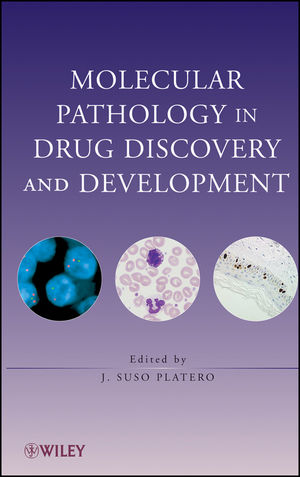
1. Cell Injury and adaptation
Cell Injury
Cellular adaptation
2. Inflammation
Acute inflammation
Chronic inflammation
3. Cell repair and wound healing
4. Haemodynamic disorders
5. Neoplasia
Practicals:
1. Adaptive Response
Hyperplasia
2. Acute Inflammation
3. Recognition of Ulcer , Abscess
4. Neoplasia – Gross examination of Cystadenoma ovary (Serous / Mucinous), Teratoma ovary,
Cystadenocarcinoma ovary, Lipoma, Fibroiduterus
Microbiology
Genetics
The oral cavity







